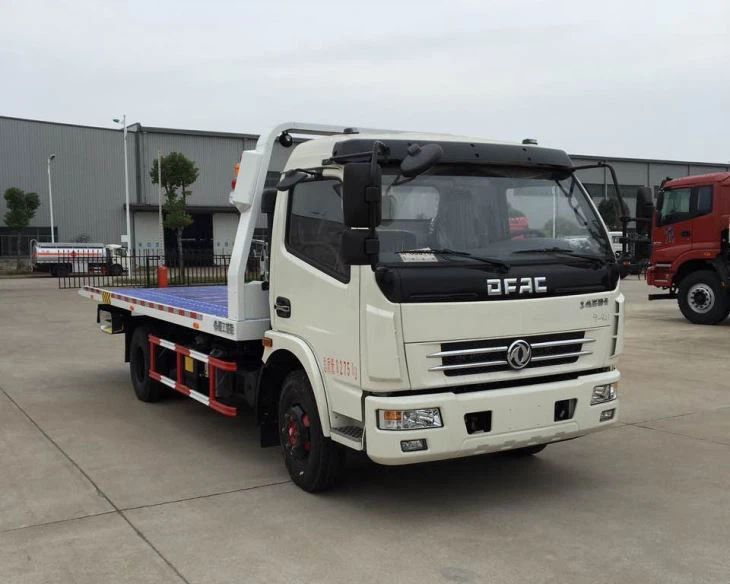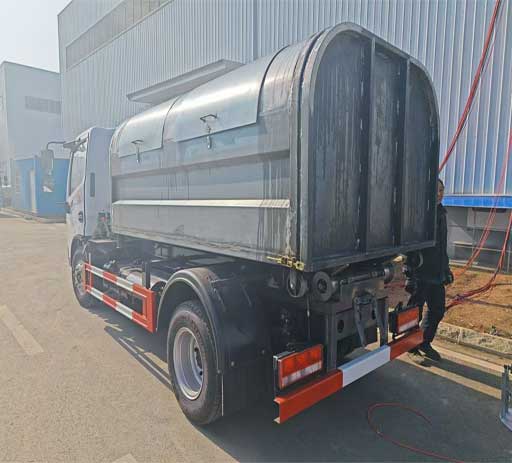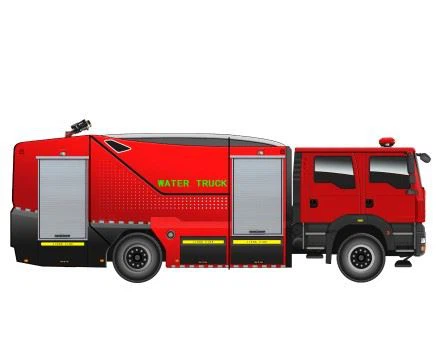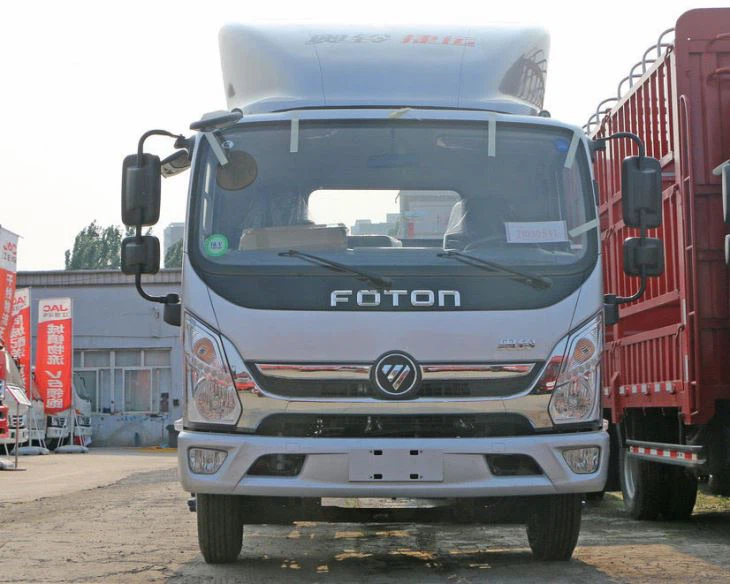The Ultimate Guide to the Difference Between Crew Cab and Double Cab Silverado

Introduction
When it comes to choosing the right truck, particularly from the renowned Chevrolet Silverado lineup, understanding the different cab configurations is fundamental. Two of the most popular options are the Crew Cab and the Double Cab. Although they might appear similar at first glance, several critical differences distinguish them, influencing factors like passenger capacity, cargo space, and overall utility. This article aims to provide a detailed exploration of the differences between Crew Cab and Double Cab Silverados, along with valuable insights that can help you make an informed decision.
1. Understanding Cab Configurations
Before diving into the differences, it’s crucial to understand what cab configurations entail. The cab configuration impacts various aspects of the vehicle, including comfort, space, and functionality. Below, we will define what Crew Cab and Double Cab mean in the context of Chevy Silverado trucks.
1.1. What is a Crew Cab?
A Crew Cab truck features full-size doors and ample rear passenger space. Generally, it offers four full-size seats, making it a popular choice for families and those who desire versatility in their trucks. The Crew Cab configuration typically allows the rear seats to be comfortably spacious, creating an inviting environment for passengers.
1.2. What is a Double Cab?
The Double Cab, sometimes referred to as the Extended Cab, also has four doors but provides slightly less rear legroom compared to the Crew Cab. This setup usually accommodates four to five passengers but might require some adjustments in terms of comfort, especially for taller individuals in the back seat.
2. Key Differences: Crew Cab vs. Double Cab
Here are the main distinguishing features between Crew Cab and Double Cab Silverados.
2.1. Space and Capacity
| Feature | Crew Cab | Double Cab |
|---|---|---|
| Front Seat Capacity | Up to 3 passengers | Up to 3 passengers |
| Rear Seat Capacity | Up to 3 passengers | Up to 2 passengers |
| Rear Legroom | More generous | Less spacious |
2.2. Cargo Space
The cargo bed length also differs between the two configurations. While both cabs can be paired with various bed lengths, the interior layout impacts their utility slightly.
2.3. Weight and Towing Capacity
In terms of weight and towing capacities, the Crew Cab might weigh slightly more due to its larger size and additional space. It’s essential to consult specific model specs when considering towing, as it can differ with engine choices and packages.
2.4. Price Considerations
Costs can vary based on the cab configuration. Generally, the Crew Cab could be priced higher due to its additional features and space. However, the price difference is also influenced by trim levels and options selected.
3. Ideal Use Cases
Choosing between a Crew Cab and a Double Cab Silverado often comes down to your intended use.
3.1. When to Choose a Crew Cab
- If you regularly transport passengers.
- When comfort in the back seats is a priority.
- If you plan to use the truck for family outings or road trips.

3.2. When to Choose a Double Cab
- If you need a more budget-friendly option.
- When you prioritize cargo space over passenger comfort.
- If your usage is mostly commercial or work-related.
4. Compatibility with Silverado Models
Both Crew Cab and Double Cab configurations are available across various Silverado models, but configurations can differ by year and trim level.

4.1. Silverados with Crew Cab Option
Higher trims such as the High Country and LTZ typically offer Crew Cab options, boasting premium features and upgraded interior touches.
4.2. Silverados with Double Cab Option
The Double Cab is often found in the WT (Work Truck) and LT trims, ideal for users who need functionality over luxury.
5. Comfort and Features
Both configurations come packed with features, but nuances in comfort levels exist.
5.1. Amenities in Crew Cab
The Crew Cab often includes better sound insulation, larger touch screens, and more advanced tech options, making it a more luxurious choice for drivers who value comfort.
5.2. Amenities in Double Cab
While the Double Cab can feature many of the same tech options, the overall experience may feel less premium due to its slightly less spacious design.
6. Real-World Examples of Both Cabs
To illustrate the differences more clearly, let’s examine practical scenarios.
6.1. Crew Cab Example
A family of five frequently goes on weekend camping trips. They choose the Crew Cab for its spacious rear seating, allowing their kids to be comfortable during long drives while also having sufficient space for their camping gear in the back.
6.2. Double Cab Example
A construction contractor who often carries tools and materials, prefers using the Double Cab Silverado. It provides enough room for occasional passenger needs while allowing for a more extended cargo space for equipment.
7. Maintenance and Operating Costs
Choosing between these configurations can also affect long-term maintenance and operation costs.
7.1. Maintenance Costs
Both are relatively similar in maintenance costs, but certain parts and repairs may differ due to the size and components of the Crew Cab versus the Double Cab.
7.2. Fuel Efficiency
Fuel efficiency depends more on the engine and weight of the vehicle rather than the cab configuration. Typically, both Cabs will offer similar performance metrics due to shared technology in the Silverado lineup.
8. Customization Options
Both configurations come with various customization options. From custom wheels to upgraded interior packages, knowing your preferences is essential.
8.1. Aftermarket Options for Crew Cab
Many aftermarket companies offer customization options primarily geared towards the Crew Cab, focused on enhancing both performance and luxury.
8.2. Aftermarket Options for Double Cab
Similarly, the Double Cab has options available, but these may vary in availability, primarily suited for utility-focused improvements.
9. Future Trends and Technology in Silverado Models
The automotive industry is evolving rapidly, with advancements in technology and eco-friendliness top of mind.
9.1. Upcoming Technologies
The Chevrolet Silverado, in both cab styles, is expected to adopt more hybrid and electric models, emphasizing efficiency and sustainability.
9.2. Smart Features
Features like adaptive cruise control, lane-keeping assist, and advanced infotainment systems will likely be standard in upcoming models, enhancing the appeal of both cab options.
10. FAQs
10.1. Is the Crew Cab larger than the Double Cab?
Yes, the Crew Cab generally provides more passenger space and comfort compared to the Double Cab.
10.2. Which configuration is better for families?
The Crew Cab is generally more suitable for families due to its spacious rear seating.
10.3. Can I use either cab for towing?

Both cab configurations can be used for towing, but consult specific models and specs for exact towing capacities.
10.4. Are there major price differences between the two cabs?
Yes, the Crew Cab may often command a higher price due to its size, space, and additional features.
10.5. What are the ideal uses for a Double Cab?
The Double Cab is best suited for users who need a functional, budget-friendly truck for work-related tasks.
10.6. Can I customize both cab styles?
Yes, both the Crew Cab and Double Cab offer numerous customization options tailored to individual preferences.
